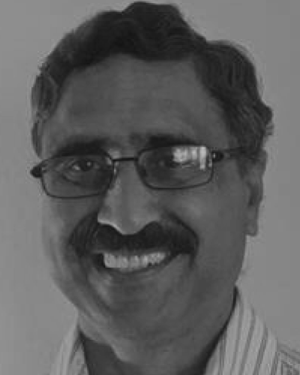Can perfectly electric conducting obstacles modify the permeability of metamaterial?

An array of perfectly electric conducting (PEC) obstacles in a host dielectric medium
modifies the constitutive parameters of the composite medium or metamaterial.
Typically, for such a composite medium, the effective (homogenized) parameters are
estimated using the Lorentz model. The Lorentz model indicates that inclusion of PEC
obstacles in a host medium introduces both electric and magnetic polarizabilities that
modify the permittivity and permeability tensors of the composite medium. On the other
hand, the Floquet eigenmodal analysis shows that the PEC obstacles, while modifying
the permittivity tensor, have no effect on the permeability tensor. Hence, as a corollary,
Floquet model leads us to conclude that a negative permeability metamaterial using
PEC obstacles is not possible to obtain. Interestingly, numerical results obtained from
full wave analyses of metamaterial-slabs support the Floquet model. We will present the
Lorentz and Floquet models and examine the source of inaccuracy in the Lorentz
model. We will discuss the characteristic features of metamaterials made with
non-resonant and resonant types of obstacles. Numerical results obtained from four
independent models will be compared and discussed. In light of Maxwell’s equations,
we will scrutinize the rationality of the claims of “negative-refraction” metamaterials.
Date and Time
Location
Hosts
Registration
-
 Add Event to Calendar
Add Event to Calendar
- Kharagpur, West Bengal, India
- IIT Kharagpur
- Kharagpur, West Bengal
- India 721302
- Building: E&ECE Department
- Room Number: NKN Room
- Contact Event Host
- Co-sponsored by IEEE AP-MTTS SBC IIT Kharagpur
Speakers
 Arun K. Bhattacharyya
Arun K. Bhattacharyya
Can perfectly electric conducting obstacles modify the permeability of metamaterial?
Arun K. Bhattacharyya (Fellow, IEEE) received the B.Eng. degree in electronics and
telecommunication engineering from the Bengal Engineering College, University of
Calcutta, Kolkata, India, in 1980, and the M.Tech. and Ph.D. degrees from Indian
Institute of Technology Kharagpur, Kharagpur, India, in 1982 and 1985,
respectively.,From November 1985 to April 1987, he was with the Electrical Engineering
Department, University of Manitoba, Winnipeg, MB, Canada, as a Postdoctoral Fellow.
From May 1987 to October 1987, he worked for Til-Tek Ltd., Kemptville, ON, Canada,
as a Senior Antenna Engineer. In October 1987, he joined the Electrical Engineering
Department, University of Saskatchewan, Saskatoon, SK, Canada, as an Assistant
Professor and was then promoted to Associate Professor, in 1990. In July 1991, he
joined Boeing Satellite Systems (formerly Hughes Space and Communications), Los
Angeles, CA, USA, as a Senior Staff Engineer, and then promoted to Scientist and
Senior Scientist, in 1994 and 1998, respectively. He became a Technical Fellow of
Boeing in 2002. In September 2003, he joined Northrop Grumman Space Technology
Group as a Staff Scientist and then became a Distinguished Engineer and an
Engineering Fellow. He joined the RF Center of Excellence Group, Lockheed Martin
Space Systems, Littleton, CO, USA, in 2014. In 2019, he was a Visiting Professor at
Seoul National University, Seoul, South Korea, on leave from Lockheed Martin. He is
the author of the book titled Electromagnetic Fields in Multilayered Structures—Theory
and Applications (Artech House, 1994) and Phased Array Antennas, Floquet Analysis,
Synthesis, BFNs and Active Array Systems (John Wiley, 2006). He authored or
coauthored more than 100 technical articles and five book chapters and has 25 issued
patents. His technical interests include electromagnetics, printed antennas, multilayered
structures, active phased arrays, and the modeling of microwave components and
circuits.,Dr. Bhattacharyya became a Distinguished Lecturer at IEEE APS Society in
2011. He was a recipient of numerous awards, including the 1996 Hughes Technical
Excellence Award, the 2002 Boeing Special Invention Award for his invention of
“High-Efficiency horns,” the 2003 Boeing Satellite Systems Patent Awards, the 2005
Tim Hannemann Annual Quality Award, the 2007 Distinguished Engineer Award at
Northrop Grumman Space Technology, and the 2020 Extraordinary Engineering and
Technology Award at Lockheed Martin Space. He served as an Associate Editor for the
IEEE Transactions Antennas and Propagation, from 2012 to 2016.

